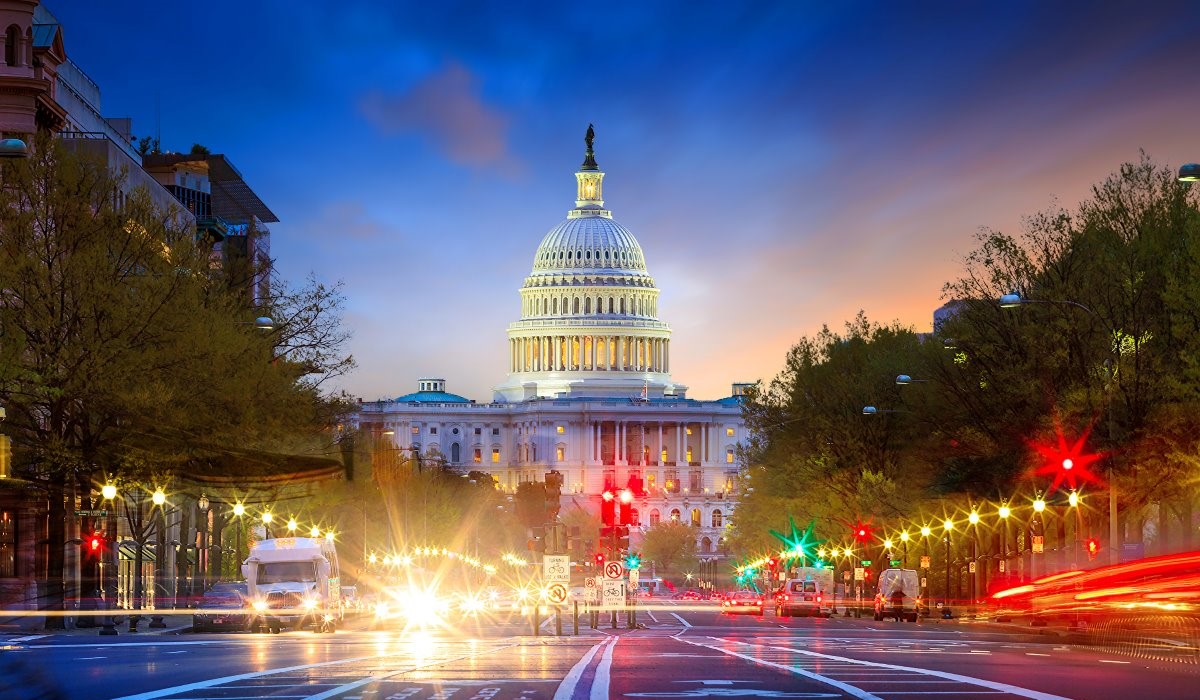Canada’s economy is expanding, but the details are worth reviewing before getting too excited. Statistics Canada (Stat Can) data shows real gross domestic product (GDP) grew more than expected in Q2 2024. A dive into the details shows productivity further eroded on a per capita basis, while household spending weakened. Most growth is now government spending, accounting for a whopping 80% of the quarter. Canada increasingly resembles an economy in recession, despite not quite meeting the country’s preferred definition of one.
Canadian GDP Shows Huge Growth, But 80% Is Now Government
On the surface, Canada’s economy is ripping higher. Annual real GDP growth climbed to 2.1% in Q2 2024, higher than the consensus estimate. It follows 1.8% growth in Q1, which saw an upward revision from the 1.7% originally reported. By itself, this sounds like the economy is just booming. Heck, it even beat expectations—but most readers likely noticed it didn’t keep up with the population.
When adjusted for population, the picture isn’t so rosy. Real GDP per capita declined 0.1% in Q2 2024, with Stat Can noting it was the fifth consecutive decline. Per capita growth fell in 7 out of the past 8 quarters, marking a recession by some definitions.
Canadian Per-Capita GDP Is Negative For A 5th Consecutive Quarter
Canadian per-capita real gross domestic product (GDP).
Source: RBC.
“Although slightly above expectations, the details behind the Q2 GDP increase are softer than the headline growth rate and per-person output continues to decline,” said Abbey Xu, an economist at RBC.
Adding, “details are not as strong as the headline number, by our count a surge in government spending accounted for 80% of the Q2 GDP increase.”
By itself, government spending is neither good nor bad. What may be concerning is the scale relative to other industries. When government spending represents a larger share of the economy, it emphasizes how little other sectors are growing.
Canadian Households Weaken, Spending More On Necessities
Casting further doubts about the economy’s strength are weaker households. Household spending grew 0.2% in Q2 2024, slowing from the 0.9% in Q1. Stat Can attributed the minor growth to rising rents, food, and energy costs. Households spent more on necessities that were not captured in the inflation data, printing “growth.”
Canadian Housing Investment Falls Even Further
Canadian housing investment slowed further despite spending billions in taxpayer stimulus. Residential investment fell 1.9% in Q2 2024, marking the most significant drop in over a year. Leading the decline were new construction (-1.6%), renovations (-2.6%), and ownership transfer costs (-1.1%).
The real estate industry initially expected a boost due to falling borrowing costs. Few signs have since materialized, with those expectations of improvements now pushed to mid-2025.
On the upside, it wasn’t all bad. Canada saw a big improvement in at least one area—inflation.
“Recent economic data indicates that inflationary pressures have broadly eased, with breadth of goods impacted by abnormally high inflation narrowing to pre-pandemic levels, and the softening economic backdrop should reinforce the Bank of Canada’s view that the economy has softened enough to keep inflation on a downward trajectory,” explained Xu.
Canada may have printed impressive headline growth, but this was not a great quarter. Productivity is on the slide, job vacancies are falling, and unemployment is rising. Real GDP growth was 80% due to rising government consumption, and the rapid expansion of administration is now Canada’s primary job maker. It’s not officially a recession, but excluding aggregate GDP—this is what a recession looks like.




















 English (US) ·
English (US) ·